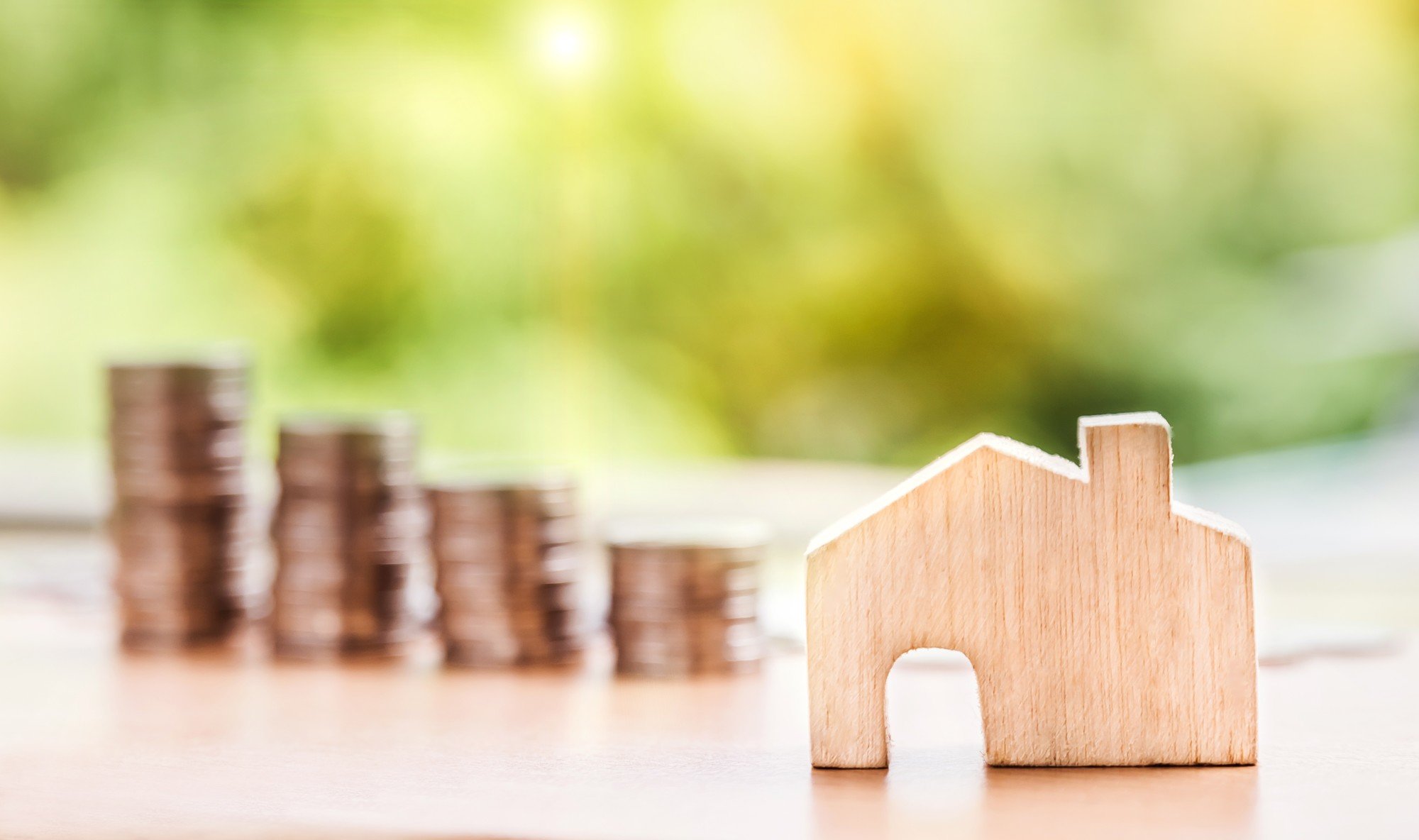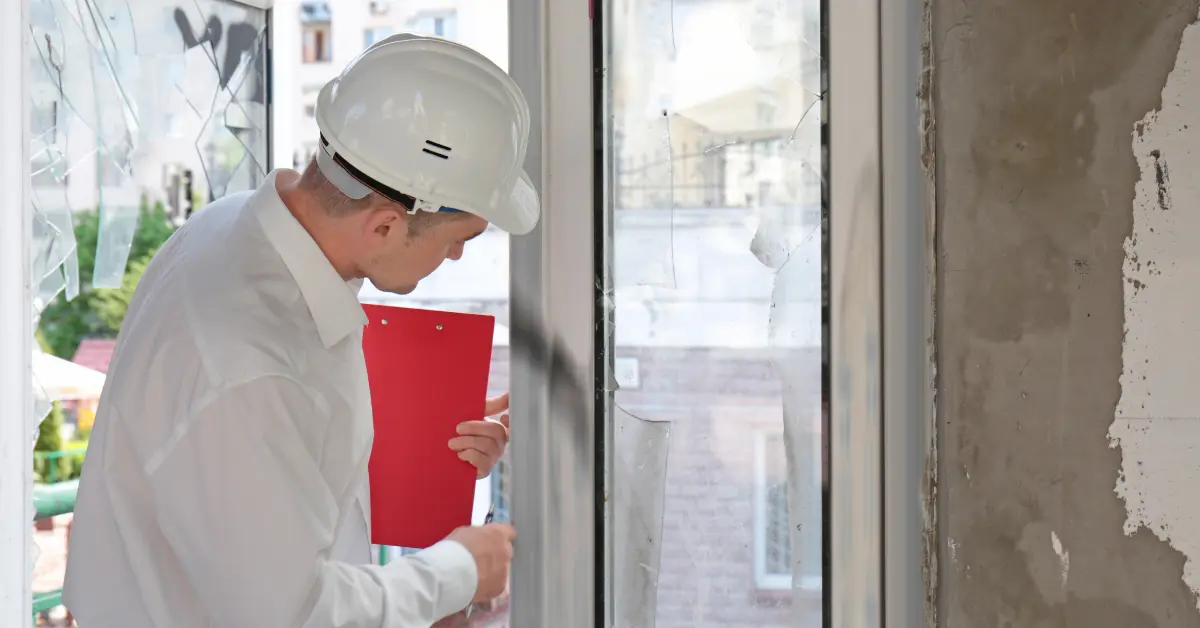These days, almost 80% of all U.S. residents live in an HOA community. As a homeowner and landlord, you might buy a home in an HOA neighborhood. If that happens, do you know what your HOA board responsibilities are?
Below we discuss some of the specifics of owning and renting a home in an HOA neighborhood. By the end of the piece, you should have a much better idea of what responsibilities you have and how to go about enacting them. So, do not hesitate, especially if you want to make sure you have all the information.
Am I Responsible for the Home?
While you might not be in direct control of the house at the time, to an HOA that does not matter. Instead, property managers are responsible for the actions of the tenants that they bring into that building. If they fail to live up to the standards set in the HOA’s bylaws, then you are the person who the HOA should contact for liability.
For this reason, many landlords have started harsher screenings of potential tenants in the run-up to them moving in. This can end up with you performing a lot of work before you even have a single tenant on the property. For this reason, it may be useful for you to investigate the possibility of engaging with a property management company to handle things.
Who Pays for HOA Membership?
As the person responsible for the property, it is you who will need to pay for the membership of any HOA that your home is a part of. Now, you could include this in the rent of any home that you lease out here, although you should make this clear to the tenant.
Lucky for you, this membership grants you some abilities that may help you as you move forward. Although this article will go into them below.
On average, the amount of money that HOAs expect payment for is $200. Although this should go to a central account and be transparent to HOA members who request information about it. Check your local HOA bylaws for more information on how payment works with HOA membership.
Who Goes to HOA Meetings?
HOAs usually have a board of directors that handles most affairs and runs HOA meetings. Although, despite this, you do have a voice in meetings. HOAs are required to hold regular meetings and if you have an issue with something they have done you can raise it here.
You are the voice of your tenant. This means that if they have an issue with something that the HOA has done, you are the person who should expect to bring it to the board.
Remember that many HOAs do not look kindly on residential rentals or their tenants. Even if you give a tenant the written authority to act on your behalf, an HOA might deny them that right. So, make sure that you are available to talk to them if you need to.
HOA Responsibilities in DC
The responsibilities for specific areas of an HOA will exist in its bylaws. Although you can expect some common things to be the same depending on the specific area that the HOA exists in.
In general, anything in a public place is the HOA’s responsibility, although this is not always the case. Similarly, all aspects of a home that are within the home itself and any garden are the responsibility of the rental entrepreneur. Make sure to check which of these are yours, and what the repercussions are if you do not follow them to the letter.
HOA Plumbing Responsibilities
In general, you should expect that any plumbing within a home is your responsibility. The HOA would expect you to handle any plumbing mishaps that occur within the residence itself. If these mishaps affect anyone else in the area, you would be responsible for handling any reparations that may come up.
At the same time, the HOA handles any shared amenities where plumbing could go wrong. This could include public hoses, water fountains, shared lavatories, or other areas.
This responsibility covers the installation, replacement, or maintenance of these facilities.
As with all these areas, you should check the HOA’s governing documents for more detailed information on all these things. These “Declaration of Covenants, Conditions, and Restrictions” (CC&Rs) will have more information. They will define exactly what is and is not the responsibility of any specific household.
HOA Pest Control Responsibility
To answer this, you will have to check the CC&Rs as there is rarely one answer to the question. It may be that the HOA only deals with common areas, whereas the homeowner is responsible for the effects on their home.
Then again, the responsibility may fall on the person whose actions led to pest infiltration.
HOA Maintenance Responsibilities
The CC&Rs will define what is your responsibility and what is the HOA’s. There will also be very strict guidelines on to what standard the property should receive maintenance. If something needs repainting, for example, the CC&Rs will have information on which colors can be used to paint the area.
In theory, by keeping an HOA area to a high standard, over time the property prices for the area that you are responsible for will increase. This allows you to increase rent and get a better return on your property investment.
How HOA Board Responsibilities Affect You
You should now understand a lot more about HOA board responsibilities and how they could impact your life. This is a lot of work for someone without any interest in HOA bureaucracy and who would rather not handle such issues. This is why residential property management might be the thing that you need.
Our agents are ready to talk to you about what we can offer in the DC area. If you are thinking of renting in an HOA area, we have the expertise to help. So, give us a call and find out what Nomadic Real Estate can do for you.



































